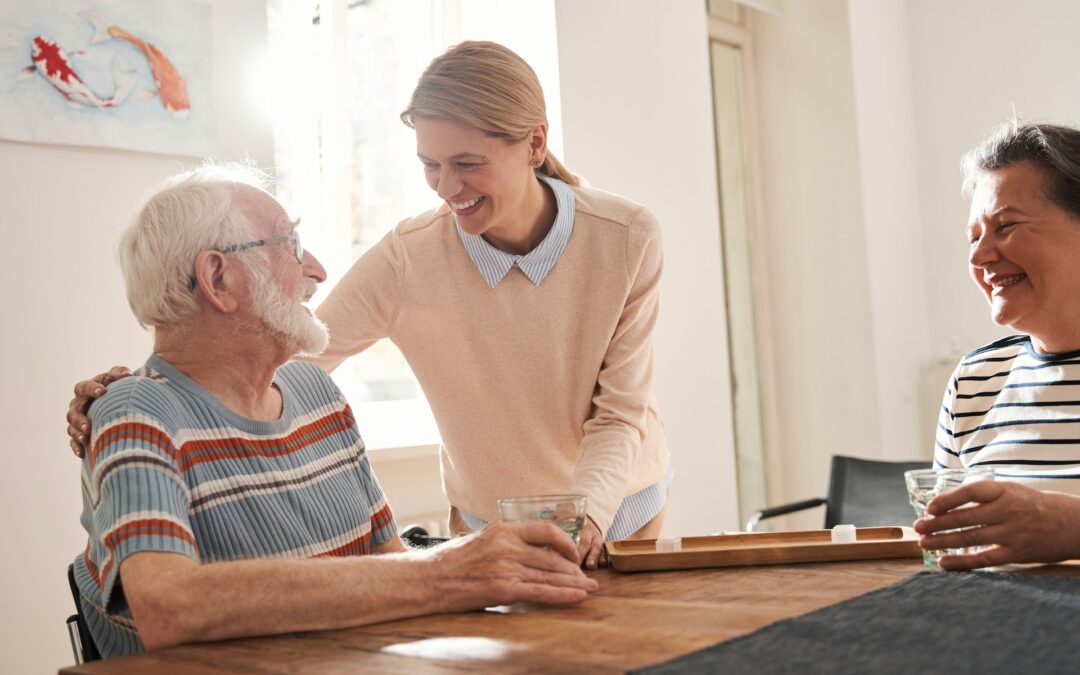As our loved ones age, ensuring their safety and well-being becomes increasingly important, particularly within the context of their living environment. For seniors who choose to age in place, making necessary adjustments and modifications to their homes can significantly enhance safety, comfort, and overall quality of life. However, assessing and addressing potential hazards in the home can be both time-consuming and overwhelming for seniors and their families.
At Honeybee Homecare, we understand the importance of maintaining a safe living space for aging adults, and our in-home care services are tailored to meet the unique needs of each individual. Our team of professionals works closely with seniors and their families to identify potential risks in the home and develop comprehensive solutions to promote a safe, supportive, and comfortable living environment.
In this blog post, we will delve into various aspects of home safety for seniors and provide practical tips, resources, and expert insights on how to create a secure and comfortable living space for aging adults. Topics of discussion will include:
- Preventing Falls: Exploring strategies to minimize fall risks and improve mobility in the home, such as installing grab bars, removing clutter, and ensuring appropriate lighting.
- Bathroom Safety: Discussing essential bathroom modifications and assistive devices that can promote safety and independence in seniors’ daily routines.
- Kitchen Safety: Examining practical adjustments and organization tips to create a safe, user-friendly kitchen space for aging adults.
- Emergency Preparedness: Addressing the importance of creating a plan for emergencies, including proper communication, essential supplies, and access to medical information.
We aim to provide valuable information and support to seniors and their families as they navigate the complexities of aging in place, empowering aging adults to maintain safe, comfortable, and independent lives within their own homes.
Preventing Falls
- Pathway Clearing: Remove clutter and rearrange furniture to create clear, unobstructed pathways, minimizing the risk of tripping hazards.
- Proper Lighting: Ensure well-lit areas, especially in hallways, staircases, and entryways, by installing bright lights or motion-sensor lighting.
- Stair Safety: Install sturdy handrails on both sides of staircases, along with non-slip stair treads to provide additional traction.
- Grab Bars: Equip bathrooms and other high-risk areas with strategically placed grab bars to offer seniors support and stability while navigating the space.
Bathroom Safety
- Shower and Bathtub Modifications: Install non-slip mats, grab bars, and a handheld showerhead to promote safety and independence during bathing.
- Toilet Safety: Make use of elevated toilet seats and surrounding safety rails to provide support and comfort during use.
- Flooring Considerations: Select non-slip flooring options and avoid using throw rugs, which can pose a tripping hazard.
- General Organization: Keep frequently used items within easy reach, and ensure a clear, unobstructed path between the bathroom door and fixtures.
Kitchen Safety
- Appliance Safety: Ensure that appliances are in proper working order, and invest in devices with safety features like automatic shutoff mechanisms.
- Countertop Adjustments: Consider installing adjustable countertops and pull-out shelves to accommodate varying height and accessibility requirements.
- Organizing Items: Keep frequently used items within easy reach, and store heavier items on lower shelves to minimize the need for reaching or bending.
- Fire Safety: Equip the kitchen with a fire extinguisher and a working smoke alarm, and be mindful of practicing safe cooking habits.
Emergency Preparedness
- Communication Plan: Establish a communication plan with family members, caregivers, and neighbors to ensure prompt assistance during emergencies.
- Essential Supplies: Organize an accessible emergency kit with necessary supplies, such as flashlights, batteries, a first aid kit, and non-perishable food items.
- Emergency Contact Information: Keep a list of emergency contact numbers, including family members, healthcare providers, and emergency services, in a visible and easily accessible location.
- Medical Information: Ensure that medical information, including medication lists and personal health records, is readily available for emergency personnel.
Conclusion:
Ensuring a safe and comfortable living environment is crucial in supporting aging adults as they choose to age in place. By proactively addressing potential hazards within the home and implementing necessary modifications, seniors can maintain a sense of independence and enjoy a greater quality of life. Honeybee Homecare is committed to assisting seniors and their families as they navigate the complexities of home safety, providing expert guidance and personalized in-home care services.
If you or a loved one requires assistance with enhancing home safety and assessing living environments for potential hazards, Honeybee Homecare is here to help. Contact us today to learn more about our in-home care services designed to promote safety, comfort, and independence for aging adults.

